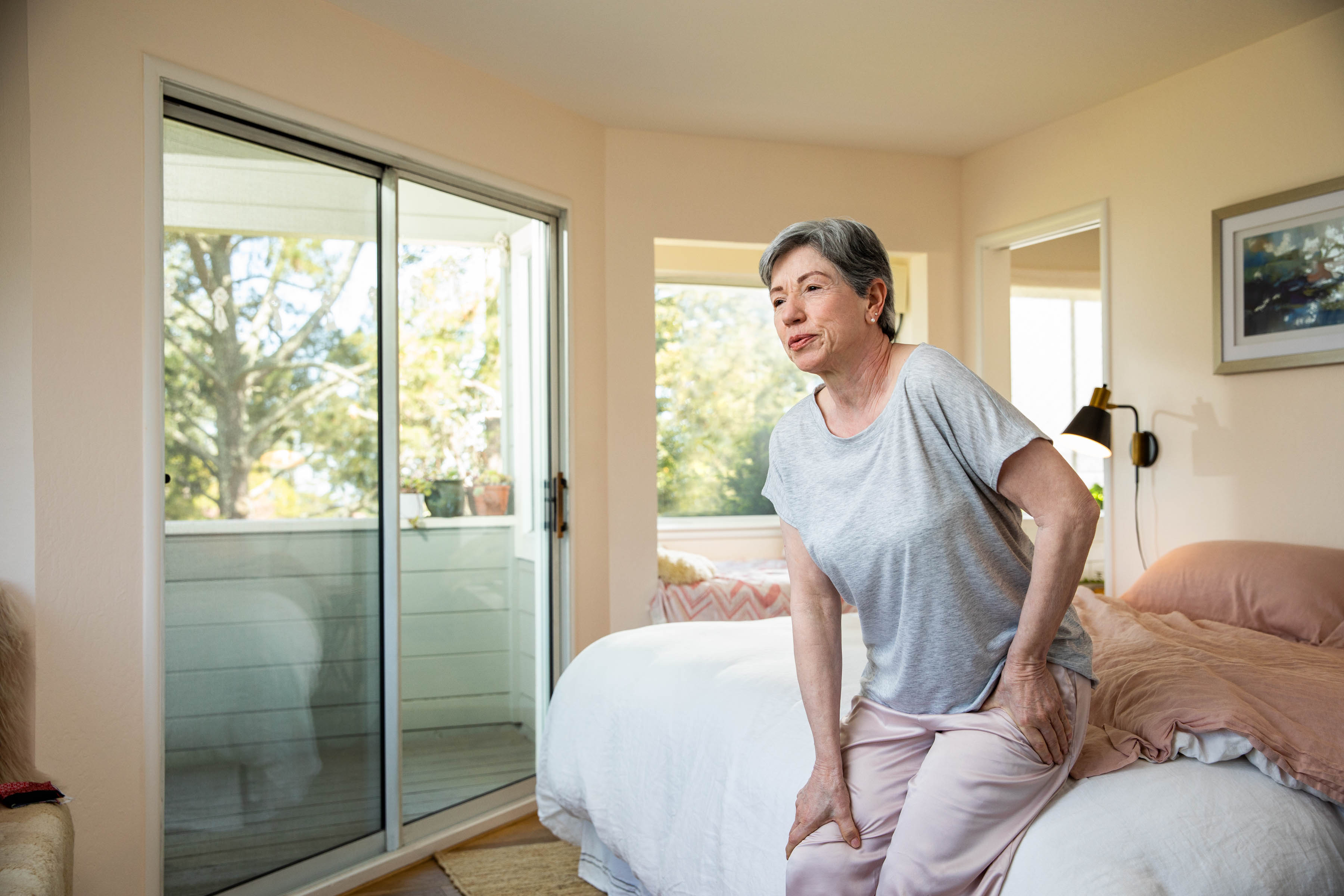Dolor de cadera al sentarse: mejores tratamientos y ejercicios
Aprende sobre lo que puede causar dolor en las caderas al estar sentado y cómo prevenir y tratar el dolor de cadera, especialmente con ejercicios de fisioterapeutas.
$0 costo para usted
Última actualización: May 7, 2025
El índice
Fully covered hip pain relief
Find relief from hip pain, buttock pain, hip tendonitis, & more.
Check if I'm eligibleHip stretches and exercises
¿Quieres atención de expertos? Consulta si estás cubierto por nuestro programa gratuito →- Estiramiento flexor de cadera
- Estiramiento de glúteos sentado
- Puentes
